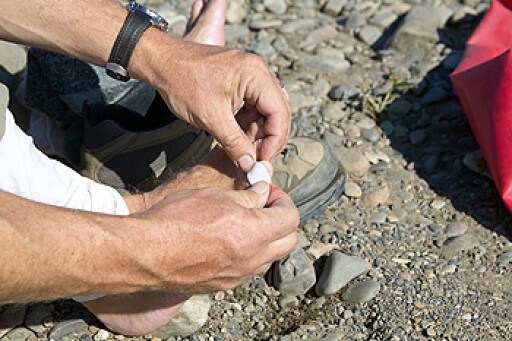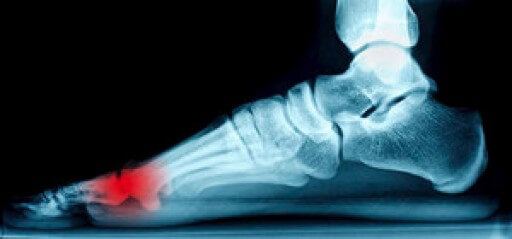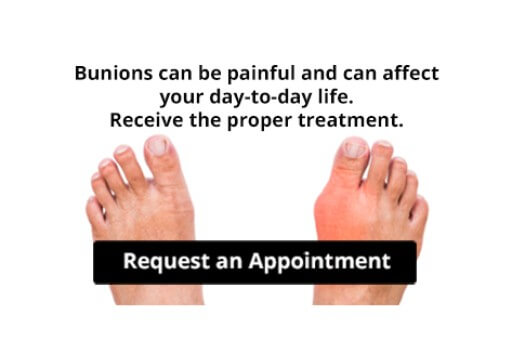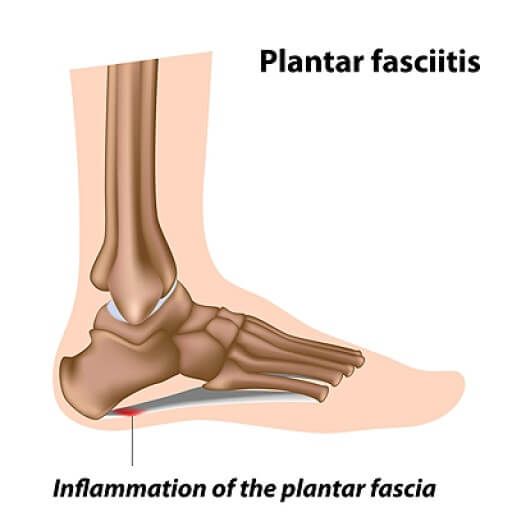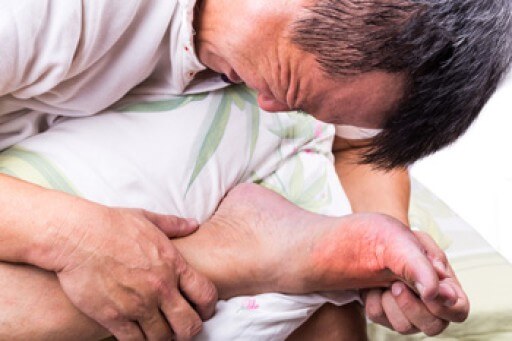 Parents who pay attention to the development and care of their children’s feet at an early age may help them to avoid certain foot conditions. Everyday routines can include washing and drying their toes and feet thoroughly, trimming their toenails straight across, and choosing the correct sock and shoe size. There are several foot conditions that can possibly be prevented when proper foot care is administered. These can consist of athlete’s foot, bunions, and ingrown toenails. Bunions and ingrown toenails can develop from wearing shoes that do not fit correctly. Athlete's foot is caused by a fungus, and it is suggested that your child wear appropriate shoes while in public swimming pool areas. If you would like additional information about how to properly care for your child’s feet, please confer with a podiatrist.
Parents who pay attention to the development and care of their children’s feet at an early age may help them to avoid certain foot conditions. Everyday routines can include washing and drying their toes and feet thoroughly, trimming their toenails straight across, and choosing the correct sock and shoe size. There are several foot conditions that can possibly be prevented when proper foot care is administered. These can consist of athlete’s foot, bunions, and ingrown toenails. Bunions and ingrown toenails can develop from wearing shoes that do not fit correctly. Athlete's foot is caused by a fungus, and it is suggested that your child wear appropriate shoes while in public swimming pool areas. If you would like additional information about how to properly care for your child’s feet, please confer with a podiatrist.
The health of a child’s feet is vital to their overall well-being. If you have any questions regarding foot health, contact the podiatrists of Boston Common Podiatry. Our doctors can provide the care you need to keep you pain-free and on your feet.
Tips for Keeping Children's Feet Healthy
- Make sure their shoes fit properly
- Look for any signs of in-toeing or out-toeing
- Check to see if they have Clubfoot (condition that affects your child’s foot and ankle, twisting the heel and toes inward) which is one of the most common nonmajor birth defects.
- Lightly cover your baby’s feet (Tight covers may keep your baby from moving their feet freely, and could prevent normal development)
- Allow your toddler to go shoeless (Shoes can be restricting for a young child’s foot)
- Cut toenails straight across to avoid ingrown toenails
- Keep your child’s foot clean and dry
- Cover cuts and scrapes. Wash any scratches with soap and water and cover them with a bandage until they’ve healed.
If you have any questions, please feel free to contact our office located in Boston, MA . We offer the newest diagnostic and treatment technologies for all your foot care needs.

